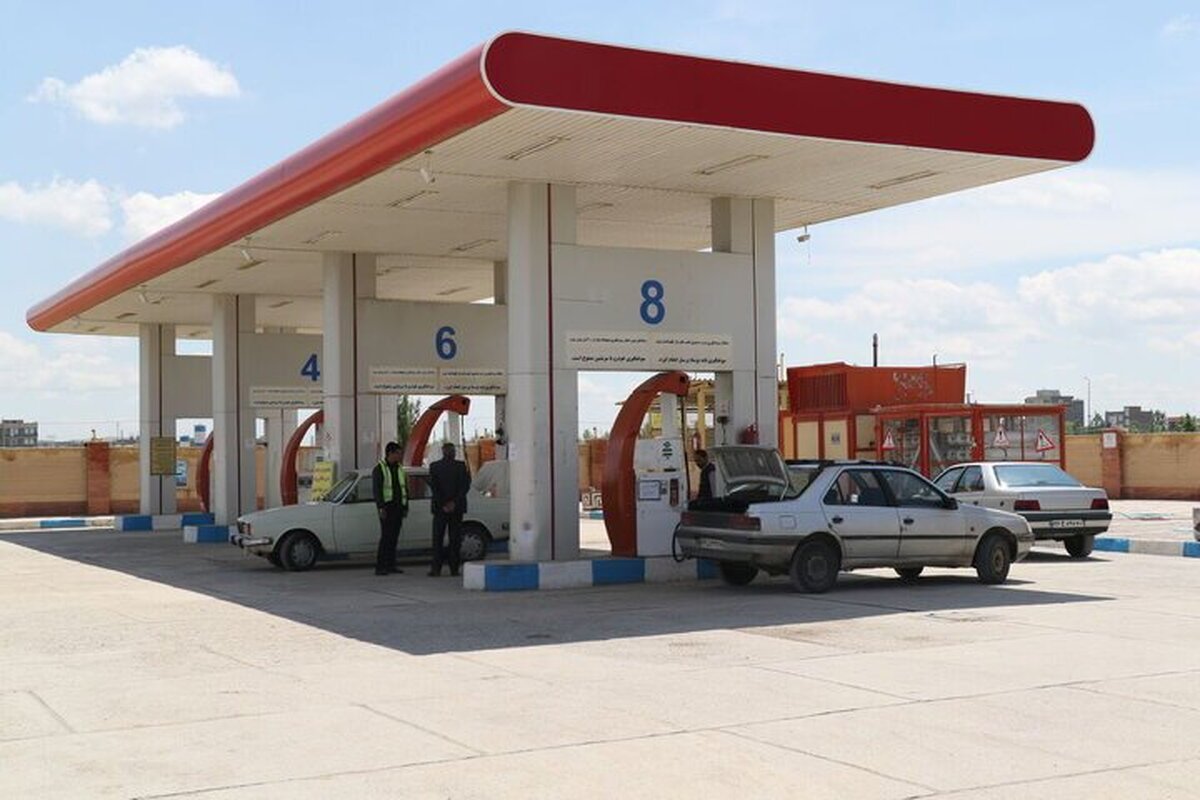
Pipeline Leakage Reduces Gas Output From South Pars Phase 16
EghtesadOnline: A gas leakage in the offshore pipeline that links the first deck of Phase 16 (SPD 16A) of South Pars Gas Field in the Persian Gulf to onshore gas refining facilities has caused operations in the rig to stop temporarily, as production has fallen by 15 million cubic meters per day.
Based on information released by the Pars Oil and Gas Company, repairs are underway and the Phase 16 platform will resume operation in 10 days, ILNA reported.
POGC, a subsidiary of the National Iranian Oil Company, dismissed reports of a fire at the facility, saying no fire broke out on the platform and that facilities are safe.
It also ruled out the possibility of a cyber-strike or sabotage on gas platforms in the South Pars Gas Field.
On Friday night, a pipeline transferring gas from South Pars Deck 16A leaked on the seabed. The outlets of the platform were immediately closed and the leak was contained.
Following the occurrence, the leaded gas on the water surface caught fire owing to a lightning strike at a distance of 15 kilometers from the site, which was contained immediately after production was halted.
Despite the incident, POGC has announced that it will be committed to maintaining production.
South Pars has 24 phases, all of which, except Phase 11, are operational. The mega project includes 39 offshore platforms.
The huge gas field, which Iran shares with Qatar, covers an area of 9,700 square kilometers, 3,700 square kilometers of which (South Pars) are in Iran’s territorial waters and the rest (North Dome) is in Qatari waters. It is estimated to contain large deposits of natural gas, accounting for 8% of the world’s known reserves and approximately 18 billion barrels of condensates.
New Wells
According to Ali Akbar Majed, the head of Oil and Gas Engineering Department at POGC, operations to drill new wells in the gas field have started.
New wells are expected to make up for pressure reduction in the gas field that will start from 2025 and reduce gas production to as low as 400 million cubic meters in 2032, down 100% compared to the present levels, he added.
The POGC official said close to 350 wells in SP are acidized and perforated regularly to keep production as high as possible, but this cannot continue for long and the drilling of new wells is inevitable.
Output from the giant field is now 700 million cubic meters per day and will reach 1.2 billion cubic meters per day by 2024 and then a downtrend would begin.
According to Majed, production is expected to fall by 28 mcm/d, that is 10 bcm per year, as of 2025.
Estimates suggest output will be around 400 mcm/d in 2032, as consumption exceeds 1.5 bcm/d.
"The installation of offshore compressor stations in the field is the only long-term viable option to control pressure reduction," he added.
The field will not be able to produce 700 mcm of gas per day (the current output) forever and the eco-friendly resource should be used as wisely as possible.
Recent reports said household gas consumption has surpassed 680 mcm/d.
Referring to short-term strategies to postpone pressure reduction, Majed said the company has started to acidize offshore wells and this would delay the process by three years.
"By 2025, the pressure is expected to decline by 28 mcm per year unless special platforms and compressors are installed,” he added.
South Pars accounts for 80% of Iran’s gas need and the decline in output will create insurmountable problems for households, industries and thermal power stations.


